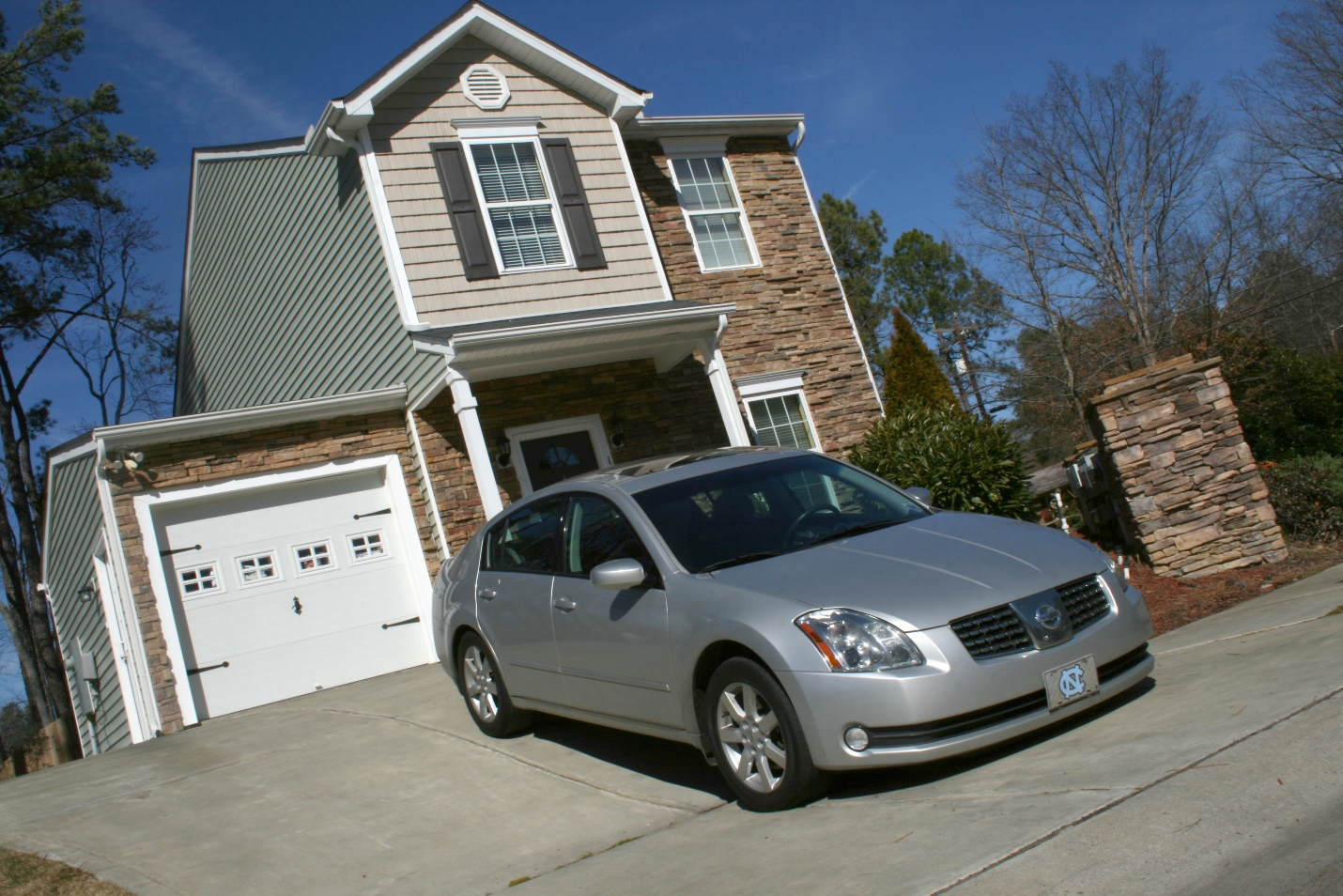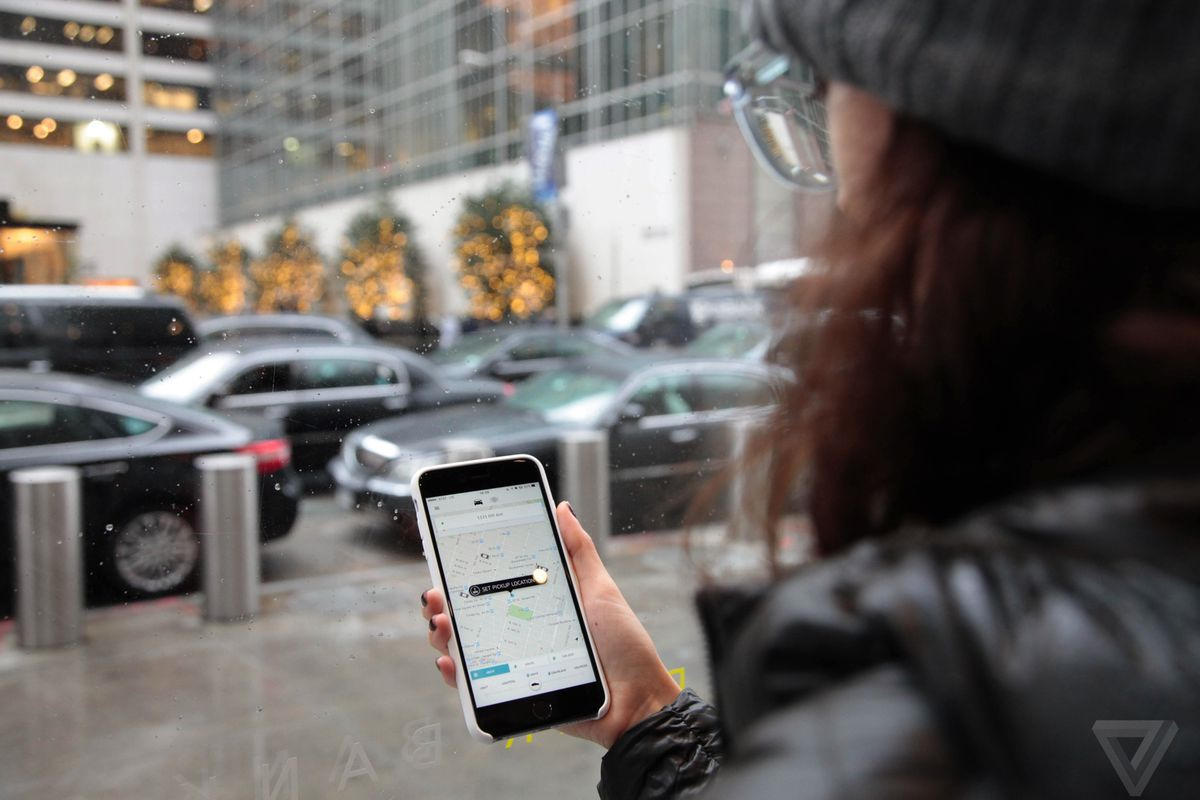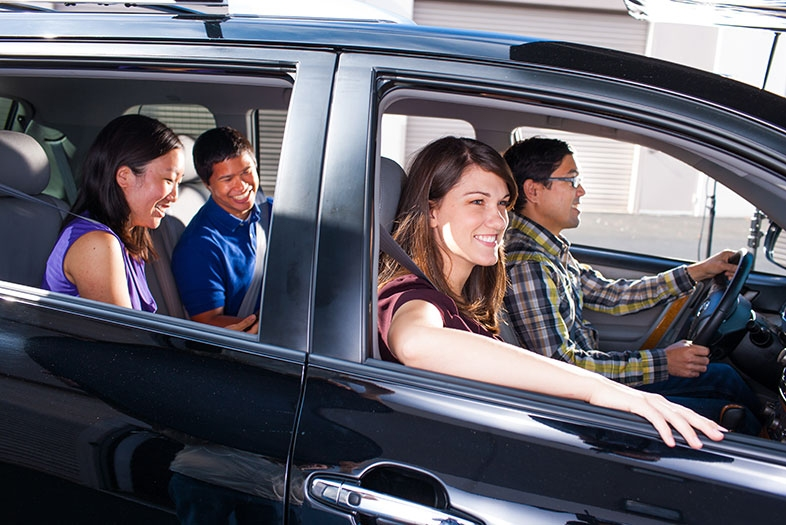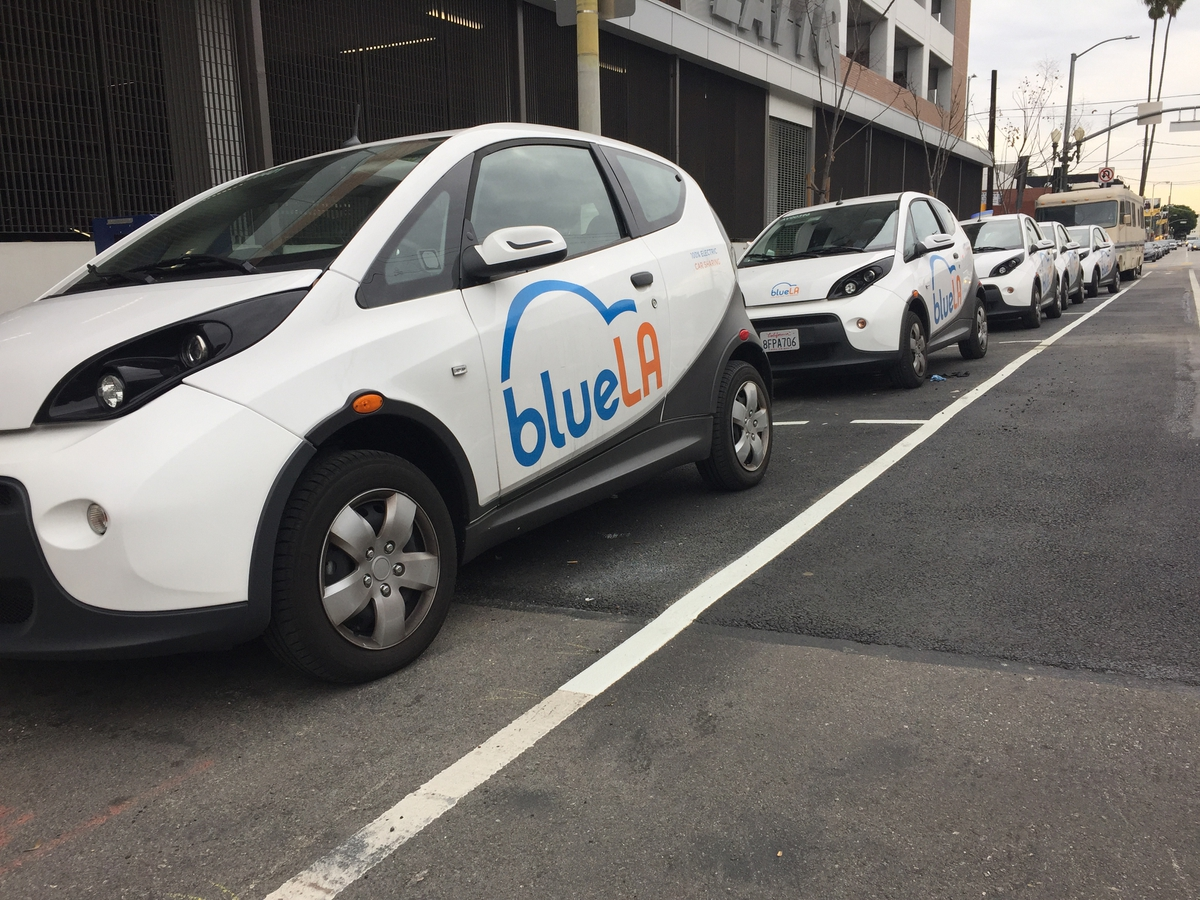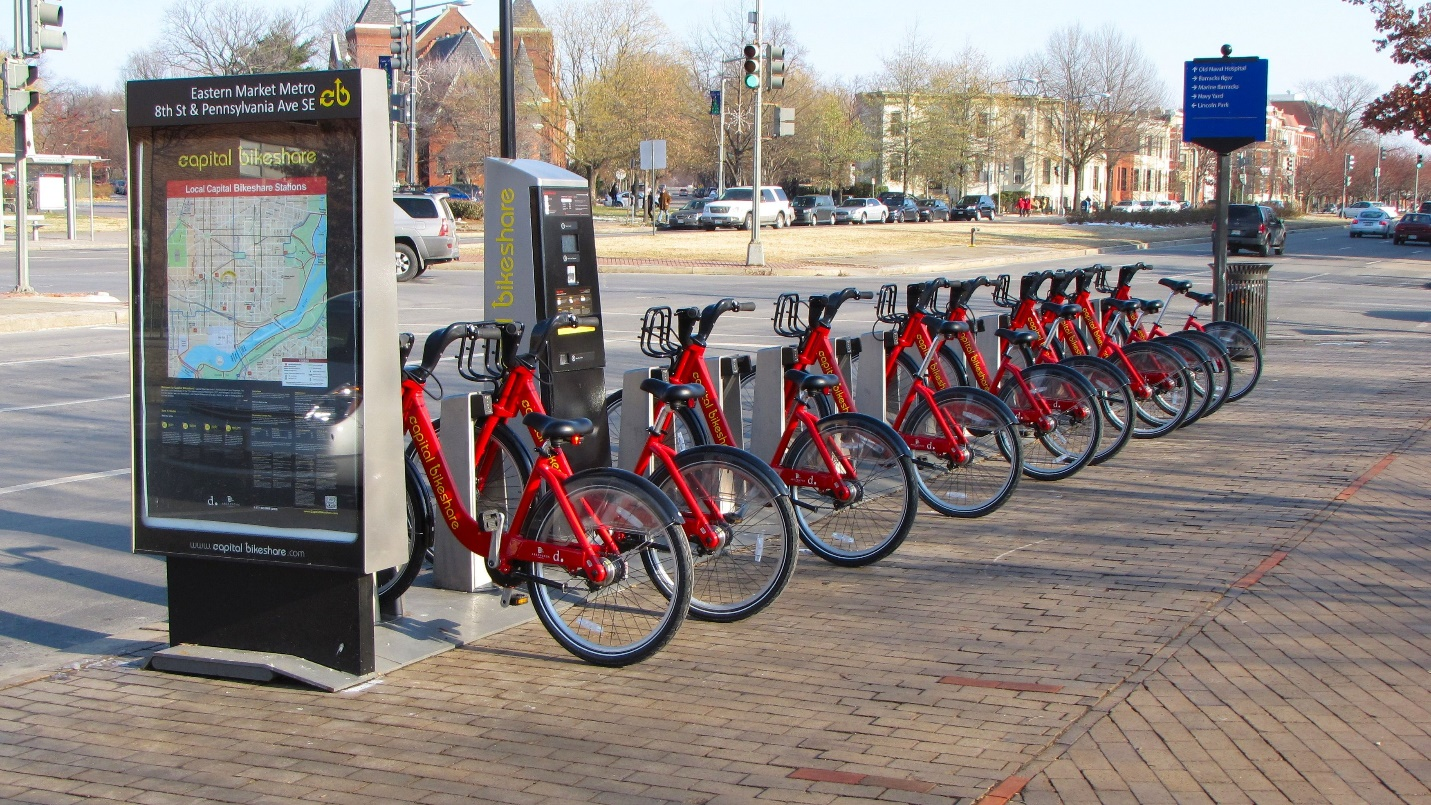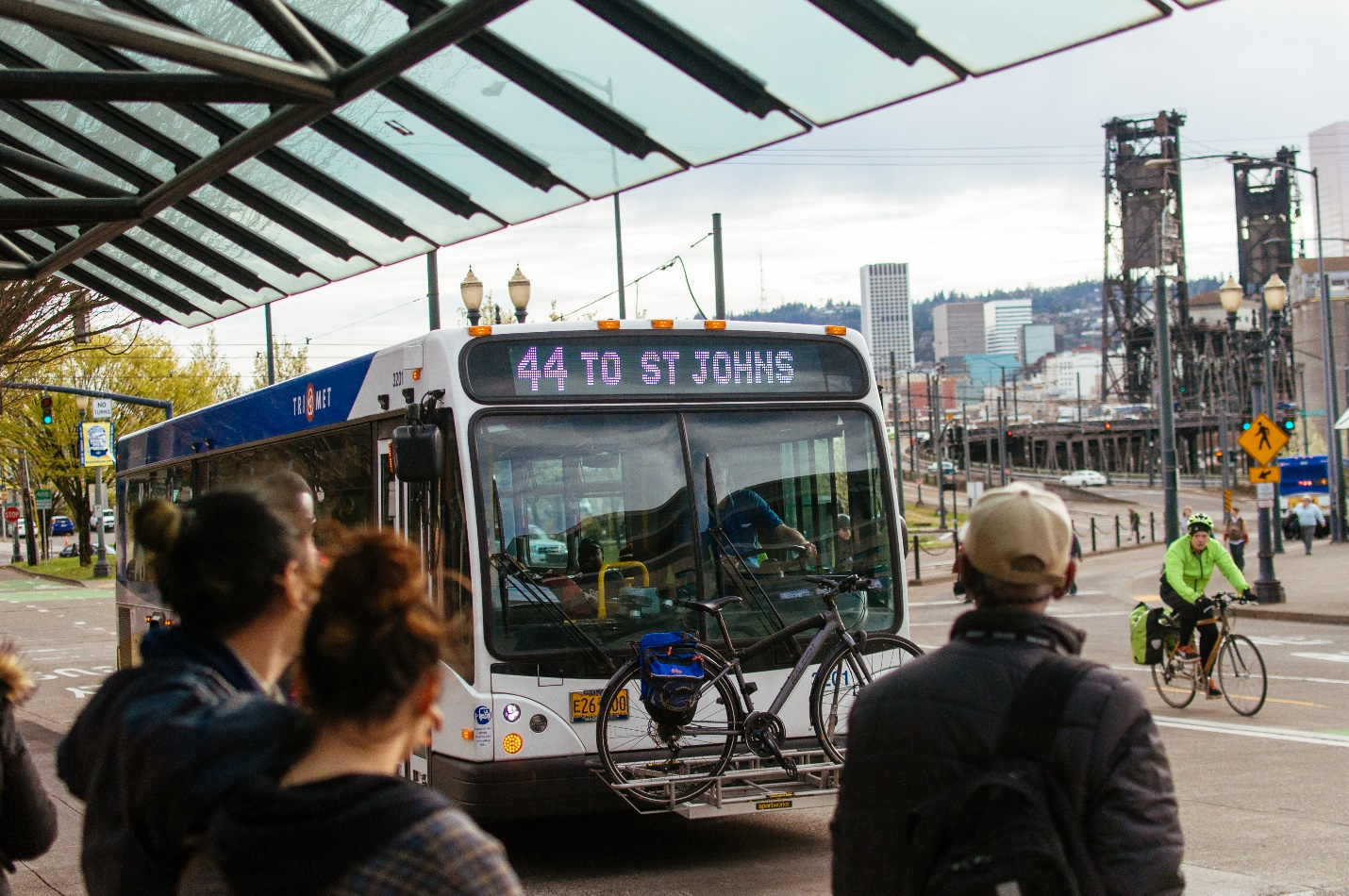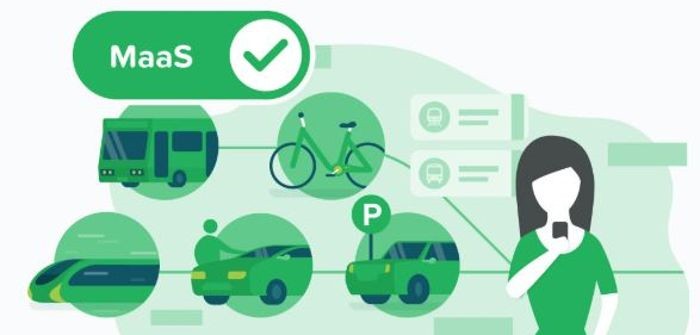ATRAVEL TOOL
The ATRAVEL Tool was developed to estimate costs, travel time, and emissions of private vehicle ownership and other travel modes based on your location and travel patterns.
Private vehicle ownership provides us with significant benefits, allowing us to get to the places we want to go. However, vehicle ownership is typically a household’s second-largest expenditure, while annually the average driver spends more than 300 hours in their vehicle and of that time about 100 hours in congestion and 17 hours looking for parking. In addition, automobiles are a significant contributor to air pollution and greenhouse gas emissions.
New mobility options offer the promise to change how people travel within their communities. Specifically, the development of ride-hailing as well as ride-, car-, bike-, and scooter-sharing services have provided an alternative to vehicle ownership.
The feasibility of using those options will depend on where you live and how you travel, which ATRAVEL will help you examine.
SELECT A TOOL TO GET STARTED
TRIP TOOL
- Enter your most common trips
- Enter trip “starting location” and “destination”
- Select the trip’s frequency (trips per day/week/month/year)
- Select if it is a “Round Trip”
- Click “Add Trip”
- Repeat for additional trips
- Adjust your estimated “other” mileage beyond
the trips you entered
- Default based on your starting location
- Enter the vehicle you own/want to compare
METRIC TOOL
- Enter Location
- Choose your geographic focus (zip code, county, state, etc.)
- Select Metric to Map
- Choose an overlay to focus on disadvantaged communities, areas with high costs/travel time/GHG emissions, etc.
For any questions please contact: [email protected]
Copyright Statement